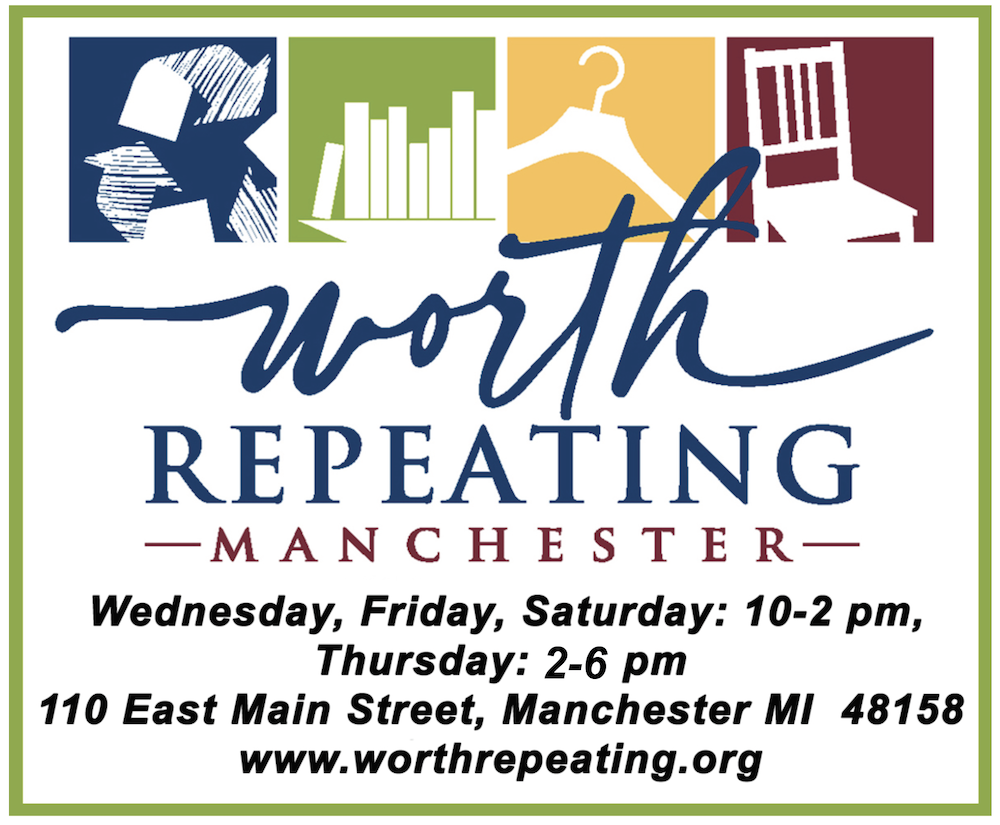Report: Michigan teacher workforce ‘less experienced’ than before pandemic

Michigan teacher vacancies vary in severity and subject area across the state. Researchers at Michigan State University find there are signs of promise but also caution in the latest state data on the teacher workforce. Photo courtesy of Shutterstock.
by Isabel Lohman (Bridge Michigan)
The workforce in Michigan’s public schools “remains less stable and less experienced” than it was before the pandemic, and many of the instructors leading classrooms are people with temporary teaching credentials who are learning on the job.
Those are some of the conclusions of a new Michigan State University report assessing the teacher shortage in the state.
Researchers at MSU’s Education Policy Innovation Collaborative found that the state has experienced high teacher turnover rates since the 2020-21 school year, though the rate did drop slightly in 2023-24.
Veteran teachers are leaving at high rates, the report found, leaving less experienced instructors, including those from outside the profession, to fill the void. “In addition to newly certified teachers who recently completed preparation programs, non-certified and interim-certified teachers also comprise growing shares of Michigan’s public school teaching workforce,” the report found.
Michigan is at an “all-time” high for the number of teachers with a temporary credential. Statewide, non-certified teachers and teachers with interim teaching certificates make up a combined 7.6% of full-time equivalent teaching positions. Counts of both of these types of teachers have increased each year in the last decade, according to the report.
Generally, teachers can go through one of two paths to full certification in Michigan. They can go to a traditional teacher preparation program at a college or university in the state. Or, if they already have a bachelor’s degree, they may be eligible to go through an “alternative route” program approved by the state.
The state can provide interim teaching certificates for people who are enrolled but have not yet completed an alternative-route training program, according to the Michigan Department of Education’s website.
As with traditionally trained teachers, the challenge then becomes keeping these new instructors in the classroom.
“Although these districts may rely heavily on under-credentialed teachers in the short-term, this strategy aims to build more capacity for long-term stability by training teachers who are already connected to and invested in the district,” the MSU report states.
A multi-year effort
An interim teaching certificate lasts for five years, and a teacher must teach for three years, complete the training program and meet other requirements to earn a standard teaching certificate, according to the education department’s website. The interim teaching certificate cannot be renewed.
This means there are teachers in Michigan classrooms who are leading students but have not yet completed their full training to become a teacher.
Additionally, schools can also use a full-year substitute teaching permit to fill a vacancy if there isn’t a fully certified teacher available for the position.
The report maintains that certification is still important because it helps mark that a teacher has the “appropriate content area knowledge” and teaching skills to teach and support students.
As Michigan school leaders struggled to find enough people to teach in classrooms, state leaders raced to fund solutions to train more teachers. For example, the Legislature set aside $175 million in 2022 for grow-your-own programs in the state budget.
These programs pair existing staff members with teacher training programs typically with no cost to the employee.
A need for support
Time will tell if instructors who didn’t take the traditional route to the classroom stay in the teaching profession for several years.
“For those influxes to be sustainable and to have a longer term impact on the workforce, it’s going to be very important to retain those teachers longer term,” said Tara Kilbride, interim associate director of EPIC and one of the authors of the “Michigan Teacher Shortage Study: 2025 Report.” “And develop their skills and ensure that they have the training and support they need. And that students are getting what they need until they do.”
Michigan has mentorship programs to support new teachers.
A separate report from research and advocacy organization EdTrust-Midwest found that in districts with the most students in poverty, it’s four times more likely that the person leading the class isn’t certified in the subject or grade level they are teaching. EdTrust-Midwest also recommends ensuring there are strong teacher mentorship programs in place that pay mentor teachers for their time.
Special education remains a top concern
Researchers found that more than 3% of special education teaching positions in Michigan were vacant in fall 2023.
“The share of all special education teaching [full-time equivalents] reported as vacant was higher than that of any other subject area or educational setting,” the report said.
Public districts are required to provide instruction and services for students with disabilities. These staffing shortages can undermine a district’s ability to provide these services.
The state has the Special Education Teacher Tuition Reimbursement Grant to help incentivize people to pursue this teaching path.
Urban, rural school districts face pronounced shortages
While state leaders often refer to the teacher shortage in a broad fashion, researchers found that the type of shortage varies among different geographic areas.
Rural school districts “tend to rely more heavily on teachers who are shared across multiple school buildings or districts, particularly in subjects like world language and the arts,” the report states.
“As a result, having just one or two positions in these subjects vacant or assigned to under-credentialed teachers could negatively impact shortage conditions beyond one school or district.”
The state has a program to help those interested in teaching students in rural areas.
Staying close to home
Researchers also found that ties to home are even more important for teacher recruitment and retention in rural areas.
“Given the strong and long-lasting draw toward home, districts with more high school graduates who pursue teaching likely experience an advantage in recruiting and retaining teachers.”
High school students can explore teaching as a career through a state program that allows students to earn industry-recognized credentials.
This article is being republished through a syndication agreement with Bridge Michigan. Bridge Michigan is Michigan’s largest nonprofit news service and one of the nation’s leading and largest nonprofit civic news providers. Their coverage is nonpartisan, fact-based, and data-driven. Find them online at https://www.bridgemi.com/.







You must be logged in to post a comment Login